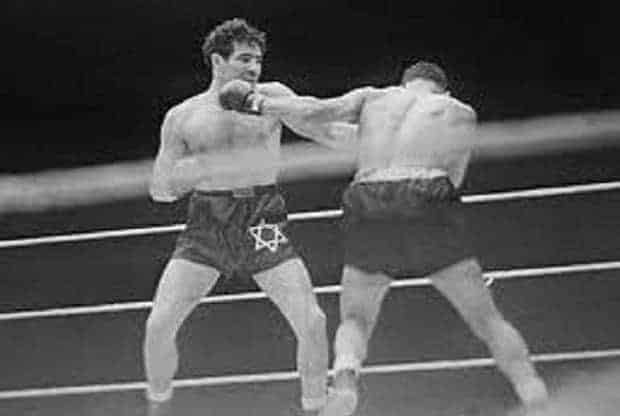Heavyweight fights have the power to stop the world. From last year’s epic, Fight of the Year showstopper between Anthony Joshua and Wladimir Klitschko, through the epics of the Nineties as Lennox Lewis, Evander Holyfield and Mike Tyson locked horns, even further back to the days of the Greatest, Muhammad Ali and his tussles with Joe Frazier, George Foreman, Sonny Liston and Ken Norton and into the annals of history, there are few sporting events that can bring the world together and define a sporting era like a big fight in boxing’s showpiece division.
One of the reasons why boxing, and particularly heavyweight boxing, can surpass almost any other sport in the public consciousness is that it is unique individual and symbolic value. Two men, locked one on one in the ring in a battle of both body and mind, has a potential to hold the weight of narrative in a way that is difficult to compare in sports or indeed, in wider culture.
Take the greatest sportsman of all time, Muhammad Ali. When Ali fought Ernie Terrell, a fighter who refused to call him by his new name and insisted on calling him Cassius Clay, he beat him to a pulp shouting “Stand Up White America!. When Ali refused to go to Vietnam – “I ain’t got no quarrel with those Vietcong…no Vietcong ever called me nigger” – he bore on his back the struggles of his entire community. When Ali conquered all and called himself the Greatest, he was doing it to point out to the establishment that his skills in the ring had made him victorious outside of it.
Bearing that in mind, it is not lightly that we say that the most symbolic, most politically charged boxing fight of all time did not feature the Louisville Lip. It predated his birth by 9 years, taking place at Yankee Stadium in New York City on June 8, 1933. The combatants were the world heavyweight champion, the German Max Schmeling, and the contender, Jewish American Max Baer.

Max Schmeling was known to be Hitler’s favourite and was regularly used by the Nazi propaganda machine as a paragon of German supremacy, the proof that the Aryan race was able to conquer all. Schmeling himself was not a Nazi – his promoter was Jewish – but he was a godsend to Goebbels’ agenda. Schmeling was from the small northeastern town of Klein Lucknow and raised in Hamburg. He fought his way up through the ranks of fighters in Germany, turning pro in 1924 and becoming national champ in 1926. He began to fight in the States in 1928 and by 1930, had won a world title, albeit after a low blow had seen the previous champion, Jake Sharkey, disqualified. Now a champion, Schmeling was feted back in Germany and raised up as the best example of the master race.

In the other corner was Max Baer. Baer himself was not actually Jewish and he was raised in a non-observant household – his mother was of Scots-Irish ancestry – but his father had Jewish descent and he wore the Star of David on his shorts. He turned professional in 1930 and almost quit very soon afterwards, having accidentally killed an opponent in the ring. Baer was distraught and considered giving up, but decided to continue. He was charged with manslaughter for the incident and acquitted, but was suspended in his native California. He switched trainers, taking on the legendary former champ Jack Dempsey, and began to get fights on the East Coast.

